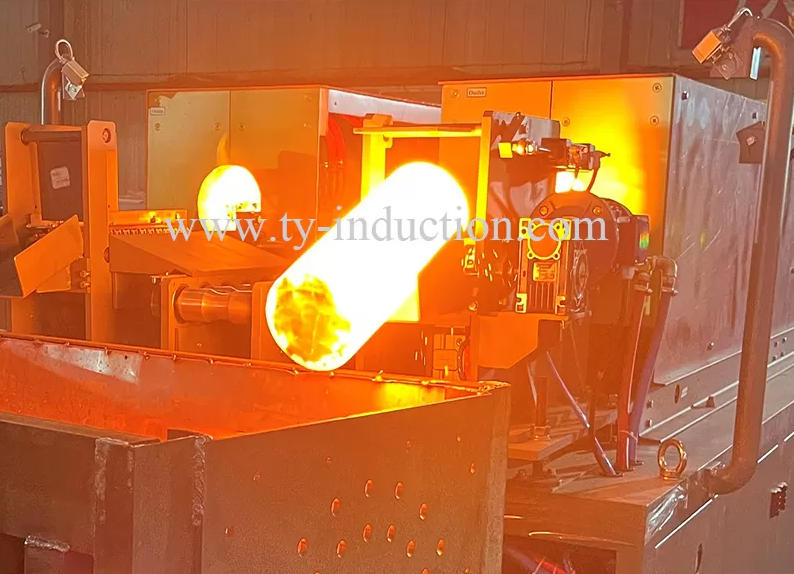Questions You Should Know About Induction Forging
What Is Induction Forging?
Induction forging is a process that uses electromagnetic induction to heat metals before shaping them through forging. This method is widely used in various industries for its efficiency, precision, and ability to work with a range of materials, including steel, aluminum, and alloys.
Unlike traditional methods, induction forging provides targeted heating, minimizing energy waste and reducing processing time. This makes it a go-to solution for manufacturers aiming to enhance production quality and efficiency.
Why Choose Induction Forging Over Traditional Forging?
1. Energy Efficiency
Induction heating minimizes energy loss by focusing heat only on the required portion of the material.
It significantly reduces heating time compared to conventional methods.
2. Precision Heating
The controlled heating process ensures uniform temperature distribution.
This results in fewer defects and better mechanical properties in the forged components.
3. Environmentally Friendly
Induction forging produces fewer emissions.
It contributes to a cleaner and safer working environment.
How Does Induction Forging Work?
The process involves three key steps:
Induction Heating: A coil generates an electromagnetic field, heating the metal rapidly and precisely.
Material Shaping: The heated metal is shaped using dies or hammers.
Cooling and Finishing: The forged piece is cooled and finished to achieve the desired specifications.
This streamlined process is ideal for producing components with consistent quality, such as automotive parts, aerospace components, and industrial tools.
What Are the Common Challenges in Induction Forging?
1. Material Compatibility
Not all metals respond equally to induction heating.
For best results, ensure compatibility between the material and the induction system.
Solution: Work with experienced engineers to select the right material for your project.
2. Equipment Calibration
Incorrect calibration can lead to uneven heating or energy inefficiencies.
Solution: Regular maintenance and monitoring of induction systems are crucial.
3. Cost of Initial Setup
The upfront cost of induction forging equipment can be higher than traditional systems.
Solution: Evaluate long-term savings in energy and operational efficiency to justify the investment.
What Are the Applications of Induction Forging?
Induction forging is widely used across industries for its versatility. Some common applications include:
Automotive: Forging crankshafts, gears, and axles.
Aerospace: Producing high-strength components like turbine blades.
Construction: Manufacturing tools and fasteners with excellent durability.
Tips for Getting the Most Out of Induction Forging
Choose High-Quality Equipment: Invest in reliable Induction forging machinery for consistent performance.
Train Your Team: Ensure operators are well-trained in induction forging techniques.
Focus on Maintenance: Schedule regular inspections to avoid downtime and prolong equipment life.
Conclusion: Why Induction Forging Is a Smart Choice
Induction forging stands out as a modern, efficient, and eco-friendly approach to manufacturing. Its ability to deliver precise, high-quality results makes it an invaluable process across multiple industries.
If you’re considering induction forging for your operations, consult with a specialist to ensure the technology aligns with your needs. Upgrade your production process today to unlock new levels of efficiency and quality.
For more details please visit www.ty-induction.com


